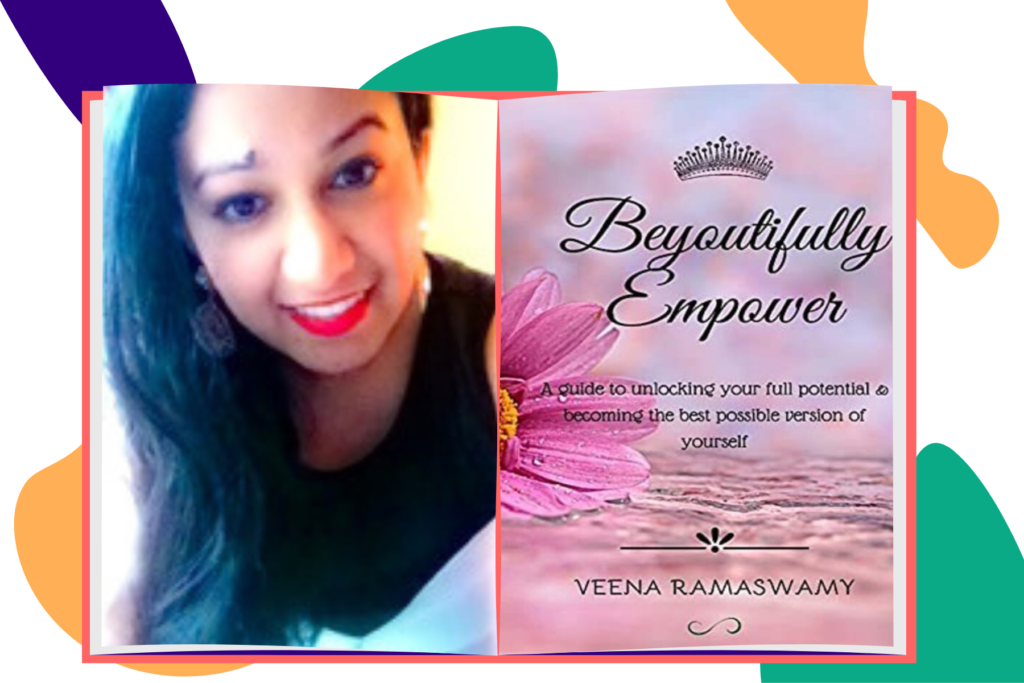
Not another motivational book! One might think. But, that’s just the thing… This isn’t just another motivational book! It’s not just any motivational book. And here’s why:
How easy is it for us to admit and acknowledge that we need help; that we need to become our best selves? Easy enough! We can even look into the mirror and say it out loud; heck, we can scream it if we want unless we live within thin walls and have grumpy neighbors.
However, is it really that easy for us to know exactly how to become our best selves? Not that easy! We need guidance and Veena intricately details the question of the how in her motivational book, “Beyoutifully Empower.”
[Read Related: Author Interview: Resilience and Power in ‘Her Brave Journey’ by Swati Singh]
Being a mother and a breadwinner alongside my husband, it’s really difficult to take care of myself. I can use excuses like, “I am too busy taking care of others” or “I don’t have the time.” I can then admit that I know I need to take care of myself, but to actually do it, that’s a whole other journey that I might not “have the time” for. “Beyoutifully Empower” not only reminds me of the importance of taking care of myself physically, emotionally and psychologically, but it also guides me on how to do it. The book is broken up into three parts: “Self Love,” “Self Improvement,” and “Self-Care.” All of the parts, when combined, provide a solid structure of guidance.
“Self-Awareness is being able to recognize, evaluate, and monitor your inner thoughts and beliefs,” Veena writes.
To be somewhat aware of ourselves in the environments we’re surrounded by, can be achieved. However, to reach complete self-awareness, which is exactly what we need, we may also need the book, “Beyoutifully Empower.”
[Read Related: Book Review: Understanding Public Health on Deeper Level With ‘Health Care of a Thousand Slights’ by Anjana Sreedhar]
The book includes 10 ideas on how to relieve stress, guidelines on how to make a great first impression, how to create checklists, how to achieve certain tasks, how to track one’s personal progress, tells us to ask ourselves questions like “What does success mean to you,” how to create routines for ourselves, how to brew the best beverage recipes for our self-care, how to organize and tips on DIY projects. There are so many ways to answer the question of how to get where we want to be. Moreover, Veena provides career advice. She helps us tackle loneliness, sadness and low self-esteem.
“Beyoutifully Empower” is just as much a reminder as much as it is a guide. We are human and therefore, imperfect and when perfection is unachievable, we can get pretty close to it by attempting to discover and develop the best versions of ourselves — loving and celebrating ourselves.
We spend most of our lives discovering who we are and it can get confusing at times. The truth is that we get lost along the way and “Beyoutifully Empower” brings us back to ourselves. That is what makes this motivational book not just any motivational book.
Order your copy of “Beyoutifully Empower” here!




